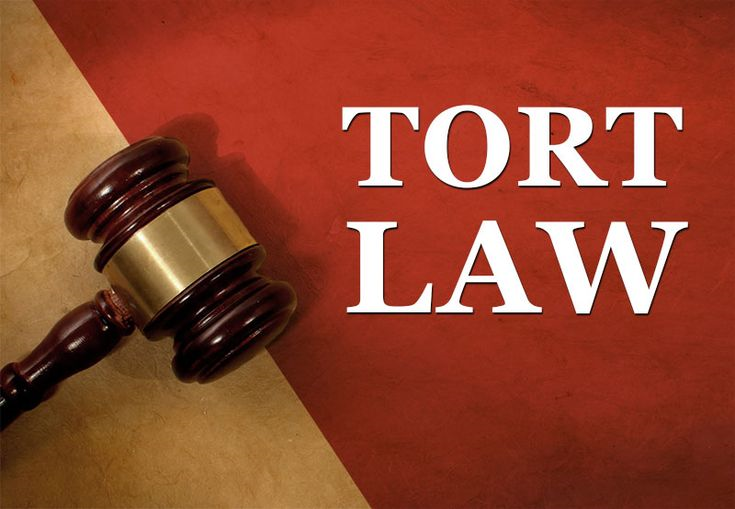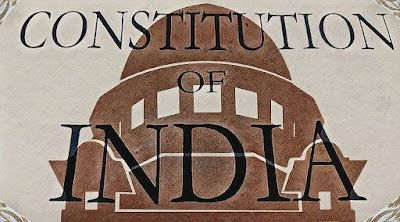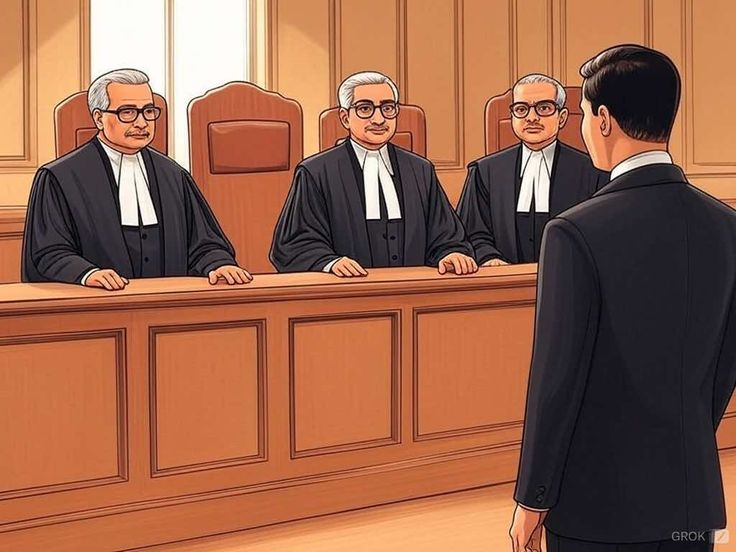Reframed Introduction
The relationship between a citizen and the State is not just political or constitutional; it also involves legal accountability. When a private individual causes harm to another, the law of torts ensures that the injured party is compensated. But what happens when the wrongdoer is the State itself? Can the government be held liable for negligence or wrongful acts of its employees? This idea forms the core of the Doctrine of Tortious Liability of the State. Over time, Indian courts have developed this doctrine through various landmark judgments, shaping the State’s responsibility in ensuring justice, fairness, and accountability.
Concept of Tortious Liability of the State
Tortious liability refers to the responsibility to pay compensation for a civil wrong that results in injury or loss. When this principle applies to the State, it deals with situations where government officers, while performing their duties, cause harm to citizens due to negligence, abuse of power, or wrongful acts.
Traditionally, under English common law, the State enjoyed sovereign immunity, meaning “The King can do no wrong.” However, with changing notions of democracy and rule of law, modern legal systems increasingly recognize that the State must also be accountable.
In India, Article 300 of the Constitution gives the government the same liability that existed under the Government of India Acts before Independence, subject to judicial interpretation. This means the State can be sued, but the extent of liability depends on whether the act was sovereign or non-sovereign.
Sovereign vs. Non-Sovereign Functions
Indian courts historically classified government activities into two categories:
| Sovereign Functions | Non-Sovereign Functions |
|---|---|
| Functions essential to State authority (e.g., police, army, judicial acts) | Functions that could be performed by private individuals or companies (e.g., transport services, commercial activities, hospitals) |
| No liability (historically) | State is liable for torts of employees |
This distinction became crucial in determining when the State could be sued.
Key Case Laws Shaping Doctrine in India
1. P & O Steam Navigation Co. v. Secretary of State (1861)
This is the earliest and foundational case. In this case, servants of the government negligently caused damage to the plaintiff’s property. The Court held:
- If the wrongful act was done during sovereign function, the State was not liable.
- If it was a non-sovereign function, the State could be held liable like a private employer.
This case introduced the sovereign vs non-sovereign distinction in India.
2. Kasturi Lal v. State of Uttar Pradesh (1965)
This is one of the most debated cases regarding State liability.
Facts:
Kasturi Lal, a gold dealer, was illegally detained by police, and his gold was seized. The gold was later misappropriated by a police officer. He sought compensation.
Held:
The Supreme Court denied compensation, holding that police actions were sovereign functions, so the State was not liable.
Impact:
The judgment was widely criticized for denying justice because of the sovereign immunity rule.
3. State of Rajasthan v. Vidyawati (1962)
This judgment leaned more in favor of citizens.
Facts:
A government jeep driver negligently caused a pedestrian’s death.
Held:
The Supreme Court held the State liable, stating that the act was not connected to sovereign power but was merely like any employer-employee liability.
This case showed that the courts were beginning to move away from the rigid Kasturi Lal approach.
4. Nilabati Behera v. State of Orissa (1993)
This is one of the strongest cases supporting State accountability for violation of fundamental rights.
Facts:
The petitioner’s son was taken into police custody and later found dead with injuries indicating custodial violence.
Held:
The Supreme Court held:
- The State is liable to pay compensation for violation of Article 21 (Right to Life).
- The defense of sovereign immunity does not apply to cases involving constitutional rights.
Impact:
This case shifted the doctrine decisively towards protecting citizens’ fundamental rights over State immunity.
5. D.K. Basu v. State of West Bengal (1997)
The Court laid down guidelines to prevent custodial torture.
Held:
- Compensation is a recognized remedy for violation of Article 21.
- State cannot escape liability on the ground of sovereign functions.
Present Legal Position
Today, Indian law clearly recognizes that:
- Sovereign immunity is not absolute.
- The State can be held liable, especially in cases involving:
- Violation of fundamental rights
- Negligence in non-sovereign functions
- Custodial deaths and police brutality
- Courts increasingly favor citizen rights over State immunity, promoting constitutional torts (compensation granted for violation of fundamental rights).
Constitutional Backing
- Article 21 ensures protection of life and personal liberty.
- Article 300 allows suit against the government.
- Article 32 and 226 allow citizens to approach Supreme Court and High Courts for compensation.
The doctrine therefore stands firmly supported by the constitutional framework.
Mnemonic to Remember Key Case Laws:
“P-V-K-N-D” → “Please Visit Kerala Next December”
| Letter | Case Name | Concept |
|---|---|---|
| P | P & O Steam Navigation | Introduced sovereign vs non-sovereign distinction |
| V | Vidyawati Case | State liable like private employer |
| K | Kasturi Lal Case | Sovereign immunity upheld |
| N | Nilabati Behera Case | Compensation for violation of Article 21 |
| D | D.K. Basu Case | Guidelines on custodial torture, State liability affirmed |
About lawgnan
Understand how the Doctrine of Tortious Liability of the State defines the government’s accountability for wrongful acts through key judgments like P & O Steam Navigation, Vidyawati, Kasturi Lal, Nilabati Behera, and D.K. Basu. Learn how India transitioned from the colonial idea of sovereign immunity to a constitutional framework emphasizing justice, fairness, and human rights. Visit Lawgnan.in to explore detailed legal analysis, case commentaries, and easy-to-remember mnemonics for law students and aspirants. Strengthen your understanding of constitutional torts and the evolving role of State responsibility under Indian law.




